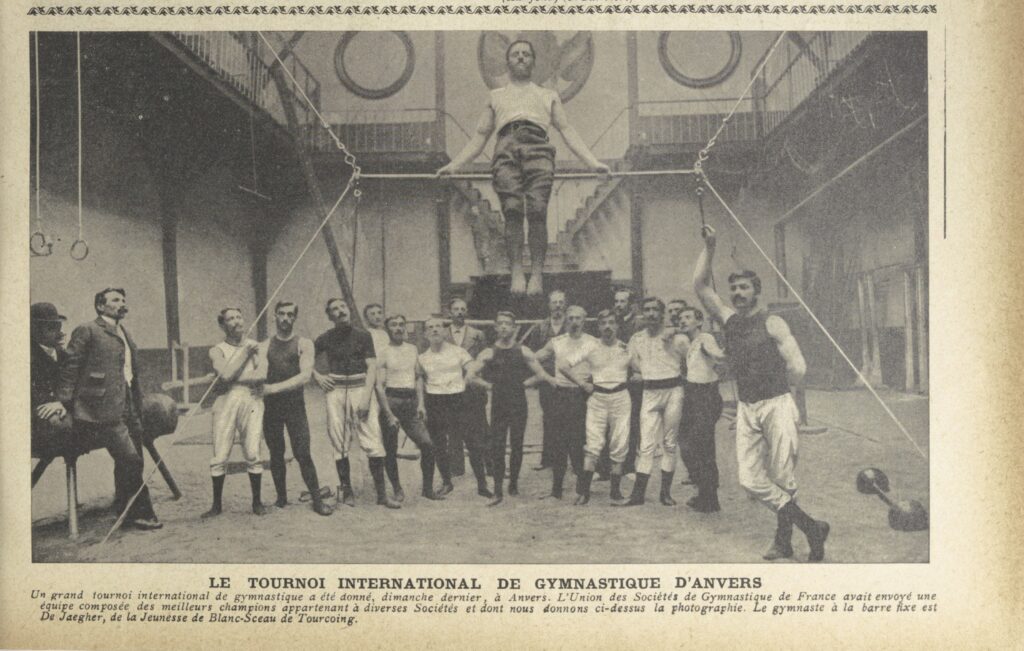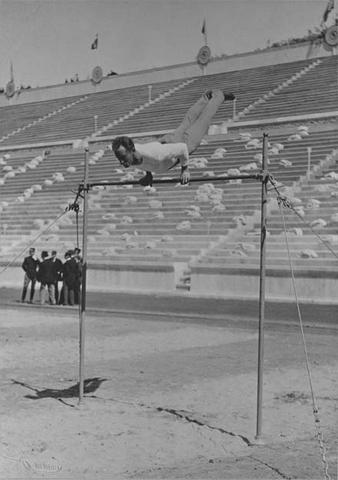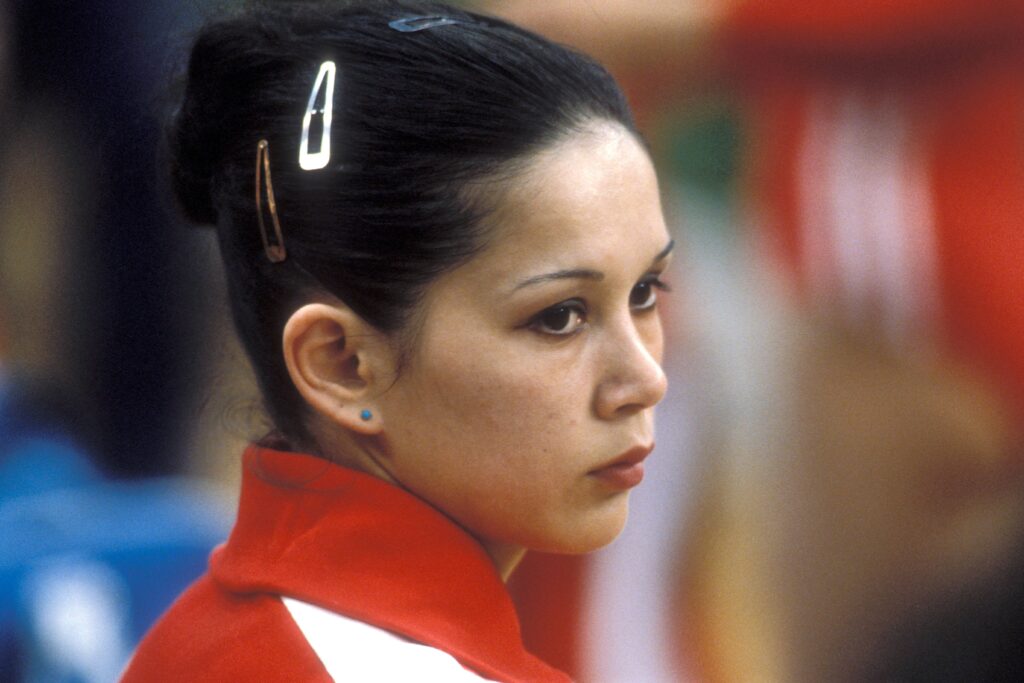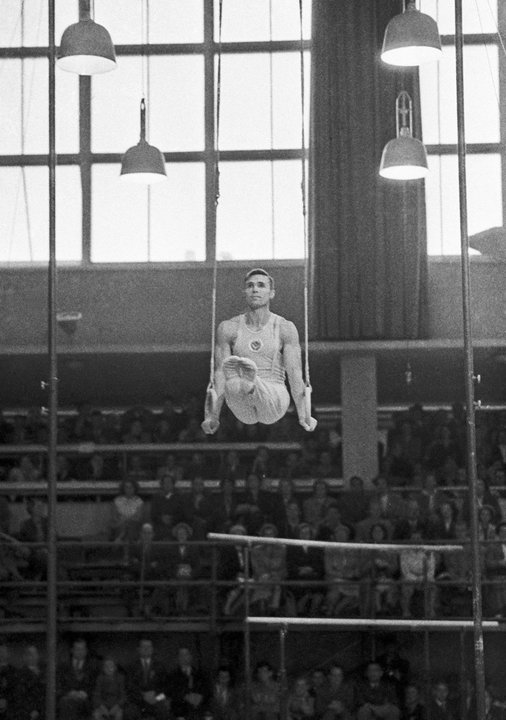Competition previews are a tried and true genre of gymnastics sports writing. They give you a snapshot of who are the favorites, how certain countries’ gymnasts are perceived, and what the supposed expectations of the judges are. Plus, they are fun to read after the competition and see how much the author got right and wrong.
Let’s take a look at the preview for the 1950 World Championships in Basel, Switzerland. It was written by Jean A. Latte and was printed in the French Moroccan newspaper La Vigie Marocaine on July 7, 1950.





